THE EVOLUTION OF AI COPILOTS
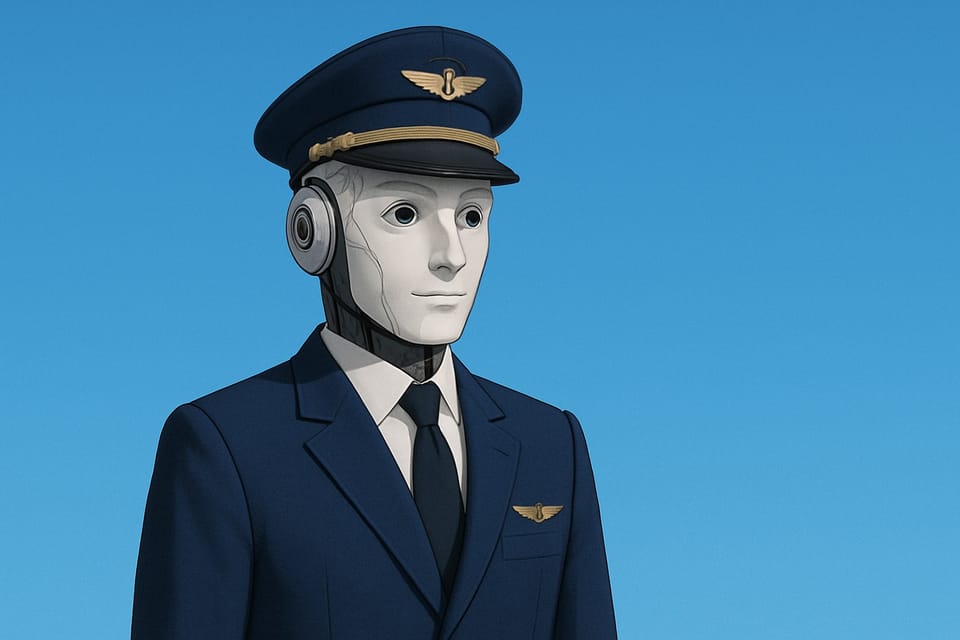
We've all experienced that moment of creative desperation. The deadline approaching. The blank screen. The mounting pressure.
And, as someone who uses a lot of aviation analogies - I had a very firm view of the term co-pilot.
But AI has given this term a whole new meaning.
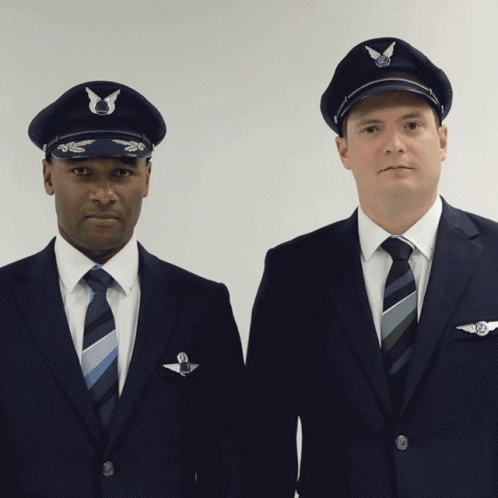
This experience isn't unique to me. Across industries, professionals are discovering that AI has evolved from simple assistants to true collaborators that enhance our creative and problem-solving capabilities.
THE HUMBLE BEGINNINGS OF AI COPILOTS
The concept of AI "copilots" first captured mainstream attention when Microsoft introduced GitHub Copilot in Visual Studio Code.
Initially, this feature functioned primarily as an advanced autocomplete tool for coding environments. It would analyze your code and suggest the next line or block based on patterns it had learned from millions of repositories.
In those early days, the relationship was straightforward: you wrote code, and the AI suggested completions. The human remained firmly in the driver's seat, with the AI offering occasional navigational suggestions.
This was revolutionary for its time, but it was just the beginning of what would become a profound shift in how we interact with artificial intelligence.
FROM SUGGESTION ENGINE TO THOUGHT PARTNER
The evolution of AI copilots represents one of the most significant paradigm shifts in human-computer interaction. Tools like Cursor have transformed what it means to work alongside AI.
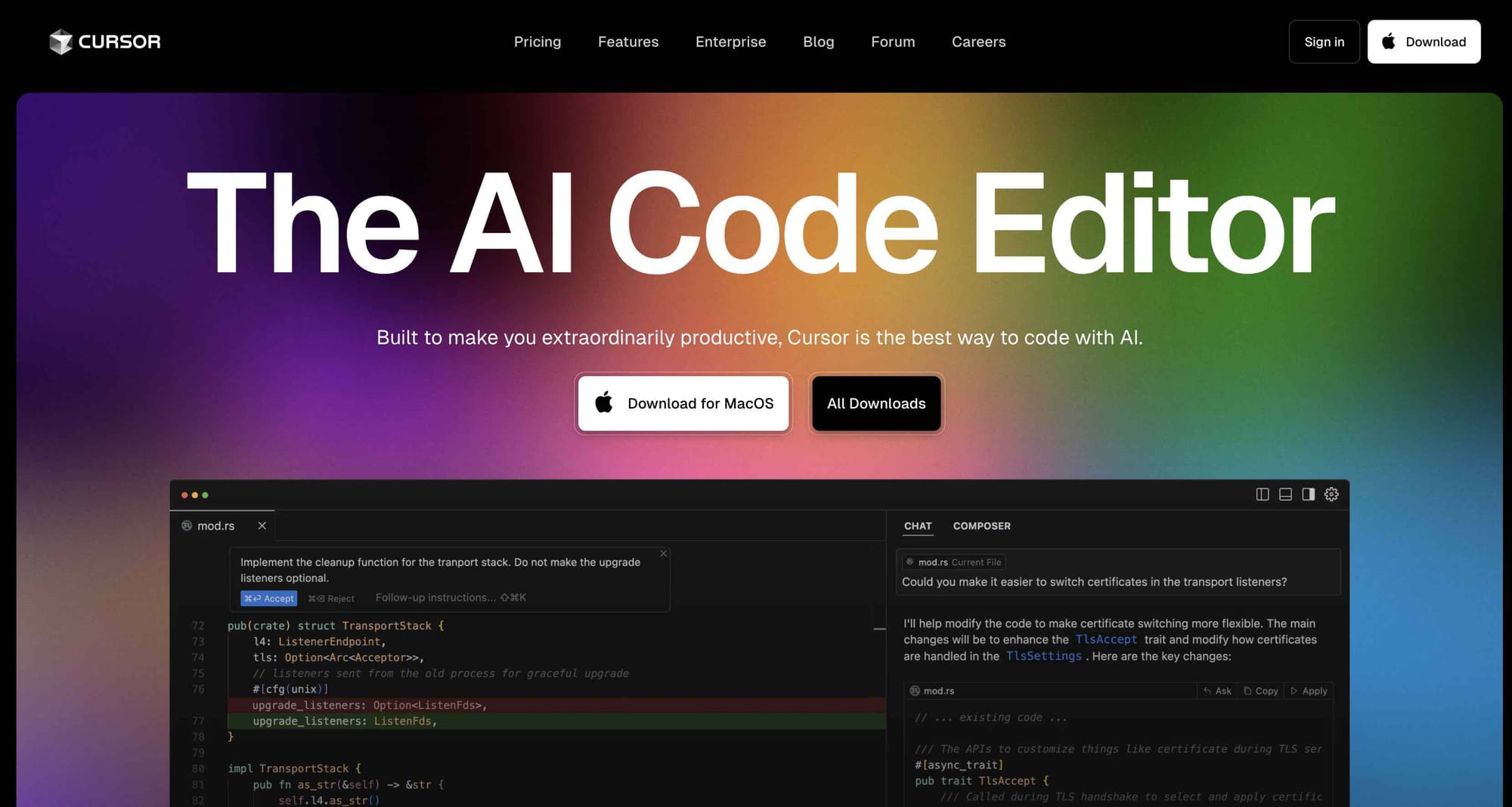
When I first started using Cursor, I expected another code completion tool. What I discovered instead was something that felt more like having a brilliant colleague looking over my shoulder – one who understood not just what I was typing, but what I was trying to accomplish.
This new generation of AI copilots doesn't just complete your thoughts; it extends them. It doesn't just answer questions; it asks insightful ones.
The relationship has fundamentally changed from "human does, AI helps" to "human and AI collaborate."
THE EXPANDING CAPABILITIES OF MODERN COPILOTS
Today's AI copilots have capabilities that would have seemed like science fiction just a few years ago:
Context-Aware Assistance: Modern copilots don't just process the current line of code or text; they understand the broader context of your project. They can reference earlier parts of your work, maintain consistency with your style, and align with your overall objectives.
Creative Contribution: AI copilots now offer creative suggestions that might not have occurred to you. They can propose alternative approaches, identify potential issues before they arise, and even challenge your assumptions in productive ways.
Learning Your Preferences: The more you work with these systems, the better they understand your preferences, style, and patterns. They adapt to you, creating a personalized collaborative experience.
Cross-Domain Knowledge: Unlike specialized tools of the past, today's copilots can draw on knowledge across multiple domains, making connections that might not be obvious to specialists focused on a single area.
THE PSYCHOLOGICAL SHIFT: FROM TOOL TO TEAMMATE
Perhaps the most interesting aspect of this evolution is the psychological shift it represents. We're moving from viewing AI as tools we use to viewing them as partners we work with.
I noticed this shift in my own thinking when I caught myself saying "we" instead of "I" when discussing a project I had completed with AI assistance. I had unconsciously begun to view the AI as a collaborator deserving of credit rather than just a tool I had employed.
And for business leaders: relax, it's ok if your employees are using AI tools to craft things for business. In fact, I would embrace it.
This shift brings both opportunities and challenges.
On one hand, it opens up new possibilities for human-AI collaboration that can enhance our capabilities. On the other, it requires us to develop new skills for effective collaboration with non-human intelligence.
REAL-WORLD IMPACT ACROSS INDUSTRIES
The impact of this evolution extends far beyond coding:
In content creation, writers now collaborate with AI to overcome creative blocks, explore new perspectives, and refine their ideas. The AI doesn't replace the writer's voice; it helps them find it.
A really cool tool to try if you are a creative writer is novelcrafter.
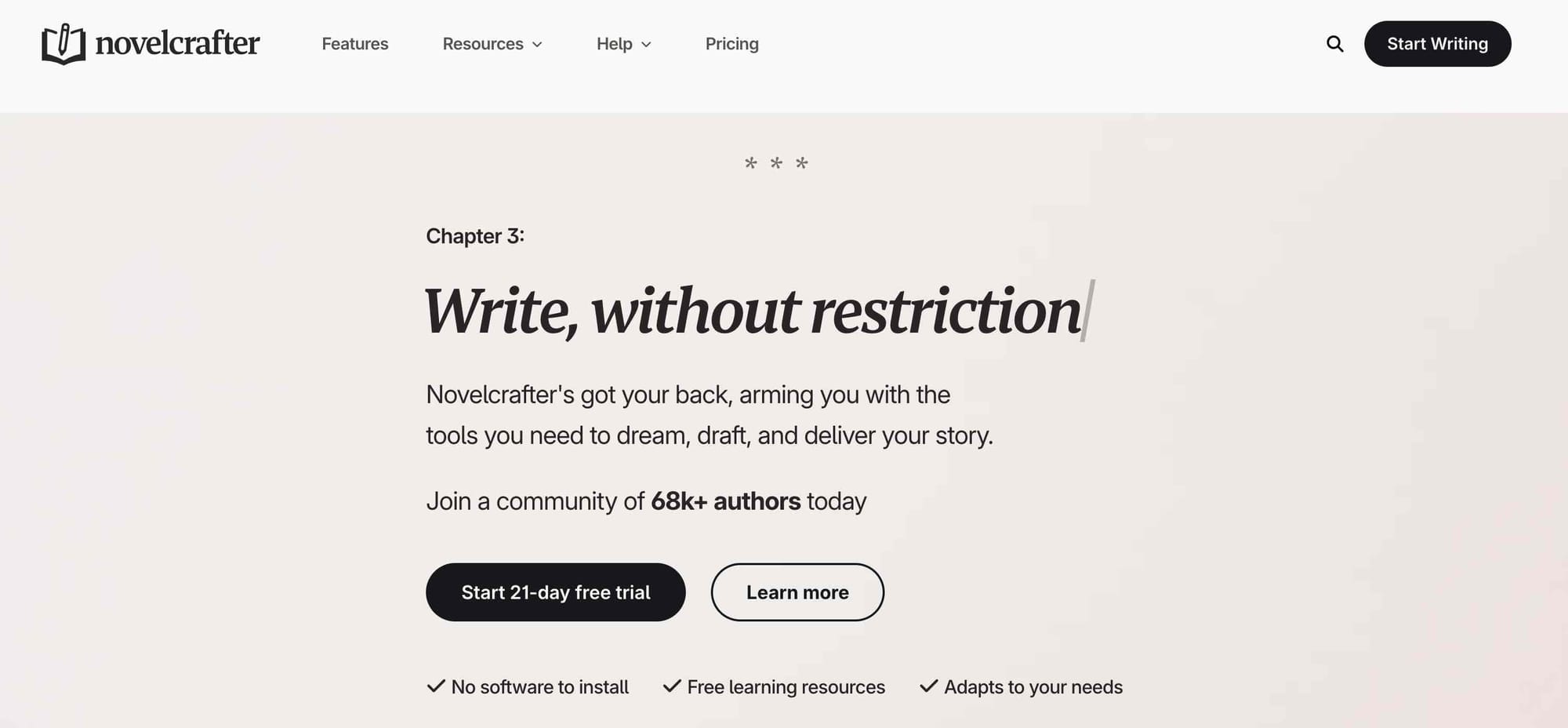
In business strategy, executives use AI copilots to challenge their thinking, identify blind spots, and explore alternative scenarios they might not have considered.
In healthcare, medical professionals work with AI to analyze complex cases, review literature, and develop treatment plans that consider factors a human alone might miss.
In education, teachers collaborate with AI to develop personalized learning materials that adapt to each student's needs and learning style.
THE FUTURE OF HUMAN-AI COLLABORATION
As we look to the future, the line between human and AI contributions will likely continue to blur.
The most successful professionals won't be those who resist this change, but those who learn to dance with their AI partners – knowing when to lead, when to follow, and how to create something greater than either could produce alone.
I believe we're moving toward a future where the question won't be "Can AI do this job?" but rather "How can humans and AI best collaborate on this task?"
The most valuable skills will be those that enable effective collaboration – clear communication, creative direction, critical evaluation, and the ability to synthesize diverse inputs into coherent outputs.
THE HUMAN ELEMENT REMAINS IRREPLACEABLE
Despite these advances, the human element remains irreplaceable.
AI copilots enhance our capabilities, but they don't replace our judgment, creativity, or ethical reasoning.
They are partners, not replacements.
The most powerful outcomes emerge when humans bring their uniquely human capabilities – empathy, ethical judgment, cultural understanding, and creative vision – and combine them with AI's strengths in pattern recognition, data processing, and tireless iteration.
LEARNING TO COLLABORATE WITH AI
As AI copilots become more sophisticated, learning to collaborate effectively with them becomes an essential skill.
Here are some approaches I've found valuable:
Be explicit about your goals and constraints. AI works best when it clearly understands what you're trying to achieve and what limitations you're working within.
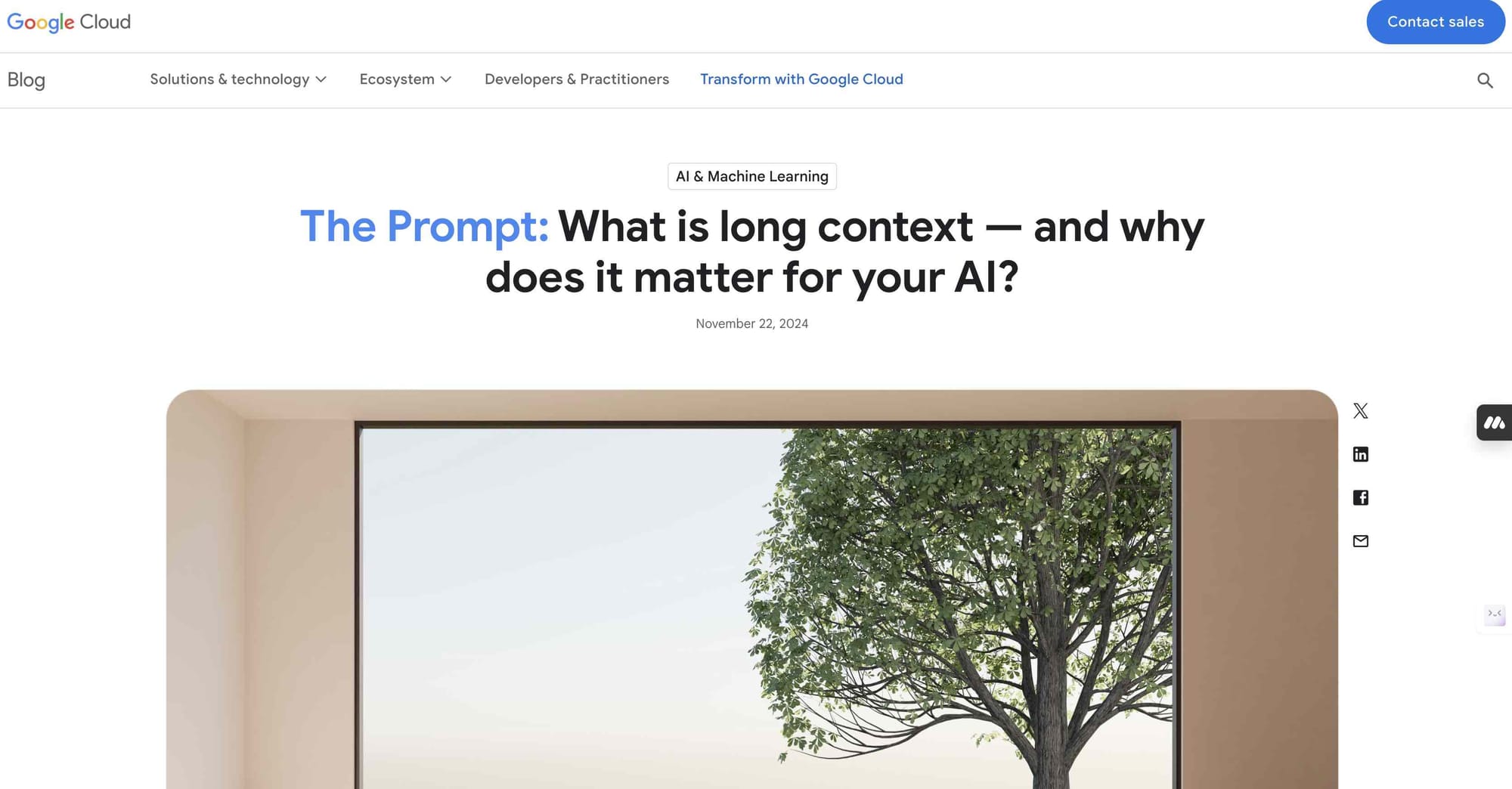
Provide feedback. The more you guide the AI on what works and what doesn't, the better it can align with your needs.
Maintain critical thinking. Always evaluate AI suggestions rather than accepting them uncritically.
Experiment with different collaboration styles. Sometimes you'll want to lead with your ideas and have the AI refine them; other times, you might start with AI-generated options and then develop the most promising ones.
CONCLUSION: THE DAWN OF A NEW CREATIVE PARTNERSHIP
The evolution of AI copilots from simple code completion tools to creative collaborators represents one of the most significant shifts in how we work with technology.
We're moving from a world where AI simply executes our commands to one where it actively participates in the creative and problem-solving process.
This shift doesn't diminish the human role – it enhances it.
By offloading certain cognitive tasks to AI partners, we free ourselves to focus on the aspects of work that are uniquely human: setting meaningful goals, making ethical judgments, and bringing creative vision to our endeavors.
As I look back on a late night when an AI copilot first saved a project, I realize it wasn't just solving a content problem – it was offering a glimpse into a new way of working.
One where humans and AI collaborate as partners, each bringing their unique strengths to create outcomes neither could achieve alone.
The future belongs to those who learn to dance with their AI partners. And speaking as someone who's learning those steps, I can tell you – it's a dance worth learning.

Member discussion